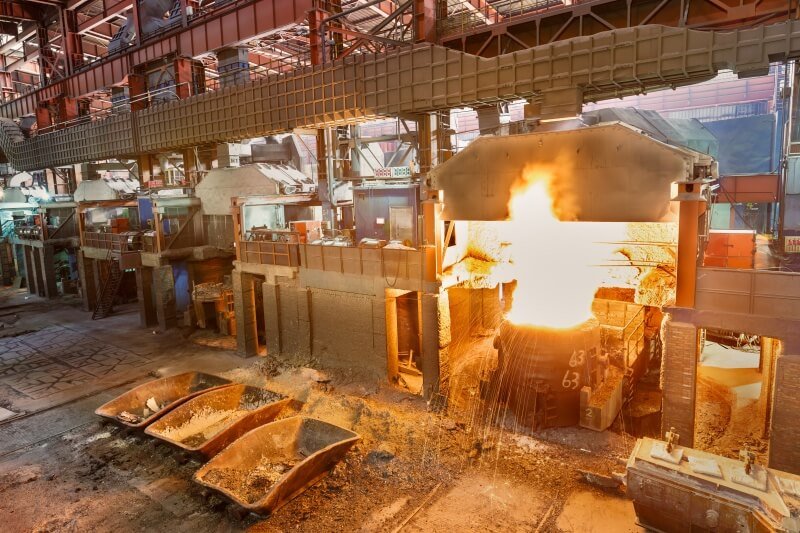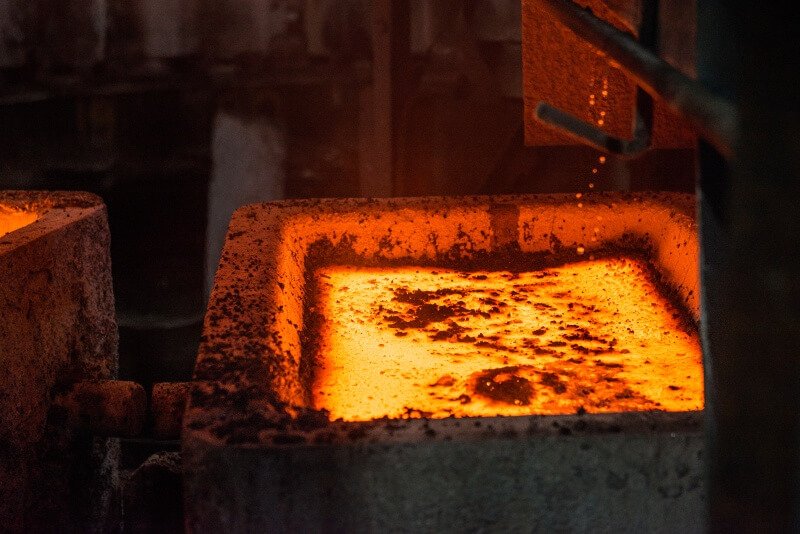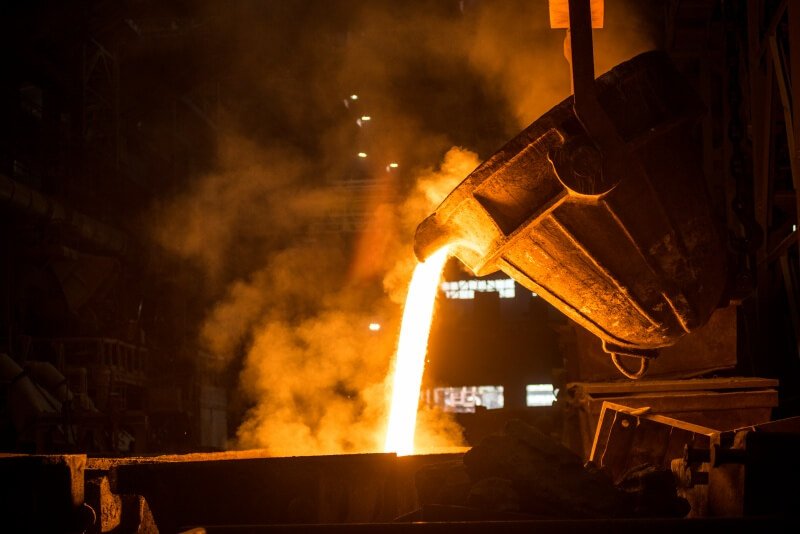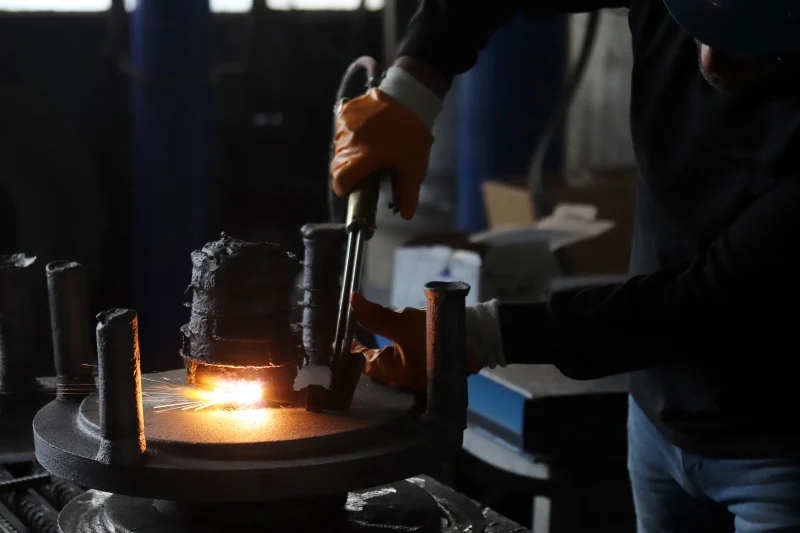Understanding Stainless Steels: Martensitic vs. Austenitic vs. Ferritic
Welcome to the shiny world of stainless steels, where things get a little… well, metallic. Today, we’re diving into a family drama of sorts among three popular types of stainless steel: Martensitic, Austenitic, and Ferritic. Each has its quirks, strengths, and a few skeletons in the closet, just like any decent family.
What is Stainless Steel?
First things first, let’s talk about what ties this family together. Stainless steel, by any other name, would still resist rust as sweetly, thanks to its high chromium content. This miracle metal isn’t just for flashy kitchen appliances or those watches you can’t afford—it’s an all-around star in resisting corrosion.
Martensitic Stainless Steel: The Strong, Silent Type
Martensitic stainless steel is like the strong, silent type who thrives under pressure—literally. Known for its high carbon content, this steel can be hardened and strengthened through a series of temper tantrums, er, heat treatments. It’s perfect for when you need a knife to cut through both steak and tension at the dinner table.
Austenitic Stainless Steel: The Life of the Party
Austenitic stainless steel is the social butterfly of the family. With lower carbon levels and plenty of chromium and nickel to go around, it’s as non-magnetic as it is affable. This type loves to be in the thick of things—from bustling kitchens with acidic tomato sauces to labs dealing with corrosive chemicals.
Ferritic Stainless Steel: The Economical Cousin
Enter Ferritic stainless steel, the no-frills, practical cousin that still gets the job done. It’s a bit magnetic, so don’t invite it near your computer, but with high chromium and low carbon, it’s got solid corrosion resistance. It’s the type you turn to for architectural trim or when your car needs a bit more backbone.
Comparative Analysis: Family Feud or Friendly Rivalry?
Here’s where we set the family table:
- Corrosion Resistance: Austenitic takes the crown, thanks to its alloying elements. Ferritic isn’t far behind, but Martensitic might need a little extra care to prevent rust.
- Strength and Hardness: Martensitic steals the spotlight when hardened right. Austenitic is more flexible, while Ferritic sits comfortably in the middle.
- Cost-effectiveness: Ferritic wins on economy. Austenitic can be a bit pricier, and Martensitic typically rings up a mixed bill depending on processing.
Choosing the Right Type
Picking the right type of stainless steel is like choosing a dance partner—it needs to be the right fit for your environment, stresses, and budget. Whether you need flexibility, strength, or affordability will lead you to the right family member.
Conclusion
Understanding the differences between Martensitic, Austenitic, and Ferritic stainless steels can help you make informed decisions, whether you’re engineering a skyscraper or fixing up a vintage car. They might not solve family disputes at reunions, but they’ll definitely keep your projects rust-free and robust.





